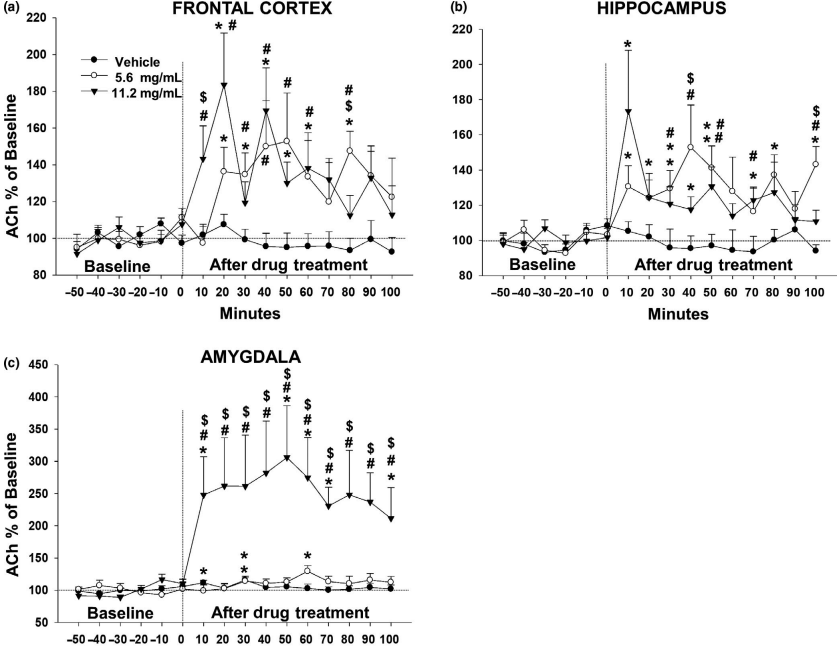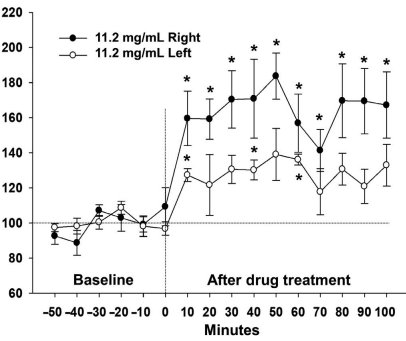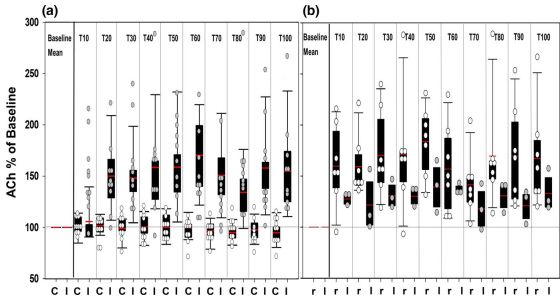@Intranasal pregnenolone increases acetylcholine in frontal cortex, hippocampus, and amygdala-Preferentially in the hemisphere ipsilateral to the injected nostril (Fazari et al. 2019)
2022-04-15: reference:
- Neurosteroids and potential therapeutics: focus on pregnenolone
- Promnestic effects of intranasally applied pregnenolone in rats
@Intranasal Pregnenolone increases acetylcholine in frontal cortex, hippocampus, and amygdala-Preferentially in the hemisphere ipsilateral to the injected nostril (Fazari et al., 2019) #
-
The second caveat is extremely interesting. Similarly, Previous studies have shown that the unilateral IN administration of l-DOPA increased extracellular dopamine only in the ipsilateral neostriatum of male Wistar rats, excluding the systemic transport of the drug from the nose to the central nervous system (De Souza Silva et al., 1997; Silva et al., 1997).
-
5.6mg or 11.2mg/mL, 5μl each = merely 0.012mg, HED being much smaller. But just this produced the following results:

- So yeah, massive increase in Acetylcholine in the Frontal Lobe, Hippocampus, and Amygdala.
-
 (This is the entire amygdala here.) And here’s what I came here for:
(This is the entire amygdala here.) And here’s what I came here for:
 a=
a= -
Nuwayhid and Werling (2003) demonstrated that PREG inhibits the NMDA-stimulated dopamine release in the striatum via Sigma Receptors with involvement of the coupled-Protein Kinase Cβ pathway.
-
Steroids modulate N-methyl-D-aspartate-stimulated 3H dopamine release from rat striatum via sigma receptors
- I mean sure, everything probably expresses a little bit of anything. But it’s literally major a dopaminergic input - how much do its outputs matter? I’d say this study seems very significant but at the end of the day
- 3H-dopamine lacks a double bond on the benzene. Are the consequences for this massive or what?
-
Steroids modulate N-methyl-D-aspartate-stimulated 3H dopamine release from rat striatum via sigma receptors